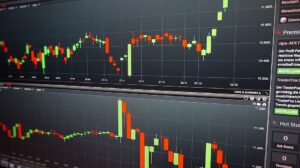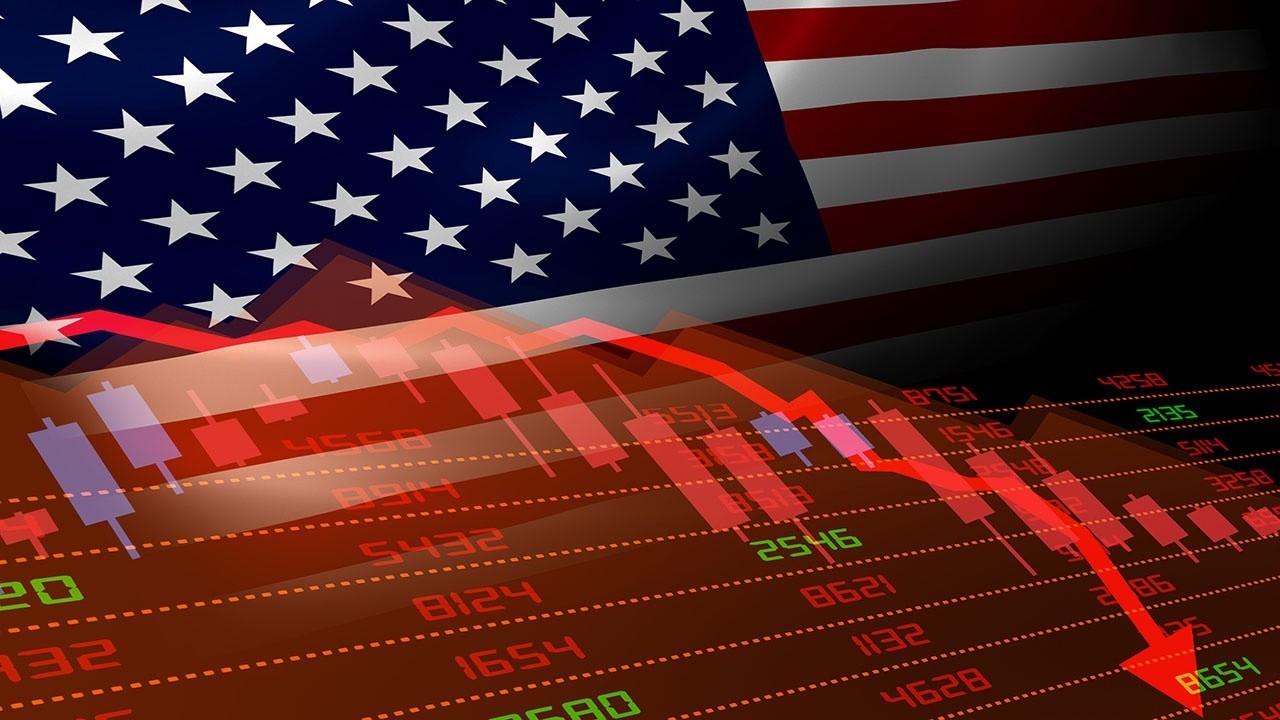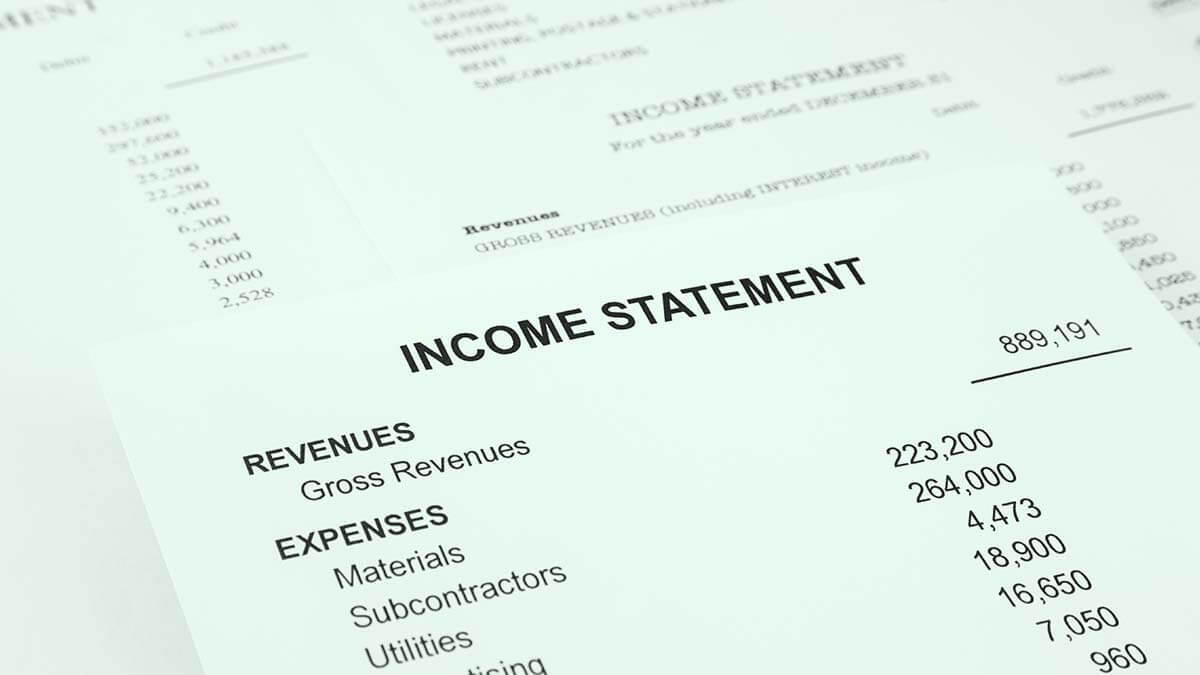India is confident to withstand the normalization of monetary policy by large global central banks like the US. It has $630 billion in foreign exchange reserves and plenty of policy room to deal with the situation.
Indian market is resilient enough to handle the absorption of global liquidity arising from the US Federal Reserve’s faster policy normalization. The vulnerability indicators like reserves to total debt and reserves cover of import have improved in H1 FY22 vis-à-vis 2014. The external debt to GDP ratio has declined after the taper tantrum in 2013. In 2013, the US Fed reduced the massive buying-bond program which reduces the prices of bonds and increases the availability of bonds for trading. This hurts stock markets. Quantitative easing came to an end.
The taper tantrum led to a spike in inflation and capital outflows in Emerging Markets like India.
The US central bank announced its normalization plan which includes increasing interest rates to curb inflation. In June 2020, US Fed was buying $80 billion treasury securities and $40 billion agency mortgage-backed securities every month. Later, in November 2021, it decided to reduce the reduction in asset purchases.
What does a US correction indicate?
Any global correction because of the US Fed Reserve’s hawkish stance is an opportunity to buy into Indian equities.
The FY23 budget focuses on capital expenditure and infrastructure. The budget is fiscally conservative, especially on the revenue side. But that is not an issue. Capex is an important factor to consider which was increased by 35.4% at ₹7.5 lakh crores.
In January the Indian market corrected a bit after Fed tightening issue but one should note that big inflation is an issue in the US and G7 world. All the corrections in Indian markets are a buy indicator for the long term.
The US targeted inflation at 2% but the CPI is 7% today. It led to a dramatic U-turn in the monetary policy. The Indian currency is still holding up well against US dollars. The two risks for Indian markets are Fed tightening and high crude oil prices. The recovery of the real estate segment suggests that the Indian economy is positive. The evidence of cyclical momentum in India is the most significant point. The GDP growth for FY23 is expected to be 8.5%, even after the high base effect, which is a positive sign. The higher growth in India will broaden the current deficit.
The FIIs (foreign institutional investors) are net sellers because India looks expensive. Secondly, they have a fear of Fed tightening. China has started to ease its monetary policy which makes people invest money in China. But China borders are still closed and they have a strict Covid suppression policy, leading to slow economic growth.
In the bi-monthly monetary policy meet, RBI decided to maintain an accommodative stance and kept the reverse repo and repo rates unchanged.

US inflation
US Inflation touched its 40-year high, affecting the consumers, wiping out pay raises and augmenting Fed’s decision to increase interest rates.
The consumer prices touched 7.5% compared with the past year. It is the steepest year-on-year increase since 1982. Shortage of workers and supplies, extremely-low interest rates, high consumer spending, enormous federal aid led to the acceleration in inflation. Wages are rising at a very fast pace, overwhelmed warehouses and ports, hundreds of workers are out sick. All the combined factors are the reason for less supply of products and services.
The steady rise in inflation has reduced the affordability of Americans to buy food, gas, rent, and other necessities. Additionally, it has emerged as the biggest risk to President Joe Biden and congressional democrats because the midterm elections appear later this year.
One can expect at least five rate hikes in 2022, with the first one in March. The President of Fed Reserve, Bullard, mentioned that he had become dramatically more hawkish. Fed will raise the central bank’s benchmark overnight interest rate from near zero at the March meeting, immediately after they cease the two-year spree of buying $120 billion worth of government bonds every month. Experts suggest that the Fed is likely to raise the interest rates by 500 basis points in March.

Are the Indian markets decoupled?
Indian markets are overvalued and just need a reason to fall. Additionally, a spike in US interest rates will have a ripple effect in India.
Investors in their thirties have started investing in equities after 2008. They believe that it is Fed’s responsibility to prevent a market crash. But on the other hand, there is an investor who thinks that the Indian markets have decoupled from the US markets. The increasing number of retail investors on regular basis suggests that the Indian markets have disconnected from the US markets.
FIIs (foreign institutional investors) sold shares worth ₹80,000 crores since October 2021. On the other hand, DIIs (domestic institutional investors) were net buyers of Indian shares worth around ₹90,000 crores during the same period. The domestic flows act as a buffer. They have invested heavily in small-cap companies.

Correlation between the markets
In stock markets, unhappy markets resemble each other and happy markets remain happy in their own way. The correlation between falling markets is more than rising ones. The interest rates prevailing in markets across the globe affect the local markets. Similarly, the US interest rates determine the flows in Indian markets. This trend has augmented since the global financial crisis and is likely to continue but not with the same intensity.
Earlier, in 2016, FIIs were 100% net buyers which increased the chances of Nifty going up by 100%. But today the FII buying is at 68%, indicating their decreasing influence. DIIs were more influential in Indian markets since 2020. But FIIs sell spree is a worry as the retail investors will be the first ones to exit. This is a threat to mutual funds as they saw record flows till December 2021. Retail investors cannot withstand painful periods.
Rising inflation, crude oil prices, hawkish stance, hammering US tech stocks like Meta are some factors to be taken into consideration. Many global investors have underweighted EMs (Emerging Markets). If sell-off in US markets continue, the EMs won’t remain safe-havens.

US bonds & Indian stocks
US markets had declined with Meta plunging more than 30% due to weaker than expected performance. The Nasdaq composite index is falling for a month and is 12% down in a year to date whereas the S&P erased 6.5% in the same period. Over the last month, Nasdaq 100 was down by 7% while the Nifty 50 and Sensex were down by 4%. This indicates a strong correlation.
The correlation was even stronger in bond markets. Generally, equity and bond markets don’t talk to each other but that is a misnomer. The central banks reduce interest rates when equities fall. The most interesting part is that the interest rate movements across many countries are correlated.
The correlation between 10-year bond yields for India and US are 95% correlated when banks reduced the interest rates. Historically, the correlation between US and Indian equities strengthens in a bear market. Indian equity markets have seen a correction whenever US and Indian 10-year bond yields rise, the returns are in the low or negative zone. Whenever the correlation between the two markets drifts apart or gets negatively correlated, Indian equities enjoy good times on a 12-month basis. But all this is based on empirical data, one should understand the underlying causation.
During the global financial crisis of 2008, the Fed had to reduce the interest rates. The US equities fell by 17% in one month. The Indian equities reacted similarly, mirroring S&P 500. There was a contagion effect, but once the financial crisis was over, the bulls led the market for a long time. During the bull run, the correlation between the US and other nations decreased.

Conclusion
According to long-term data, there is no decoupling. When markets fall, they tend to fall together. Retail investors follow a herd mentality. They invest money during the bull run rather than a bear when prices of the stocks fall. During volatility, retail investors are the first ones to book profits and run away.
During the 2020 market crash, when stock prices fell 40% from the peak, mutual funds faced the brunt as the retail investors restricted lumpsum inflows, but SIPs continued. Retail returned when they were assured that the bull run was back in place. The SIPs were in an uptick since then. December 2021 saw the highest SIP inflows worth ₹11,305 crores.
Since the market crash in 2020, retail participation in stock markets has increased globally. This was because of the unprecedented market rally and quantitative easing by central banks. In India, the retail investors doubled in 2021 to 80.6 million from 40.9 million in 2020. All the central banks had kept the interest rates low to keep enough liquidity.
All global markets are now looking forward to Fed’s policy stance and US yield curve in 2022.
The US bond yields may have a calibrated and limited impact on Indian bond yields. Fed has already announced four hikes this year which has taken surprise off the table. To conclude, with four or eight hikes in a year, sell-off won’t only be in local bond yields but also in US bond yields. So, the yields in both markets will move parallelly.
Looking at the accommodative stance of RBI, the bond yields can move close to 7-7.5% in the due course. The rising oil prices and volatility in Indian markets will intensify the yields.




